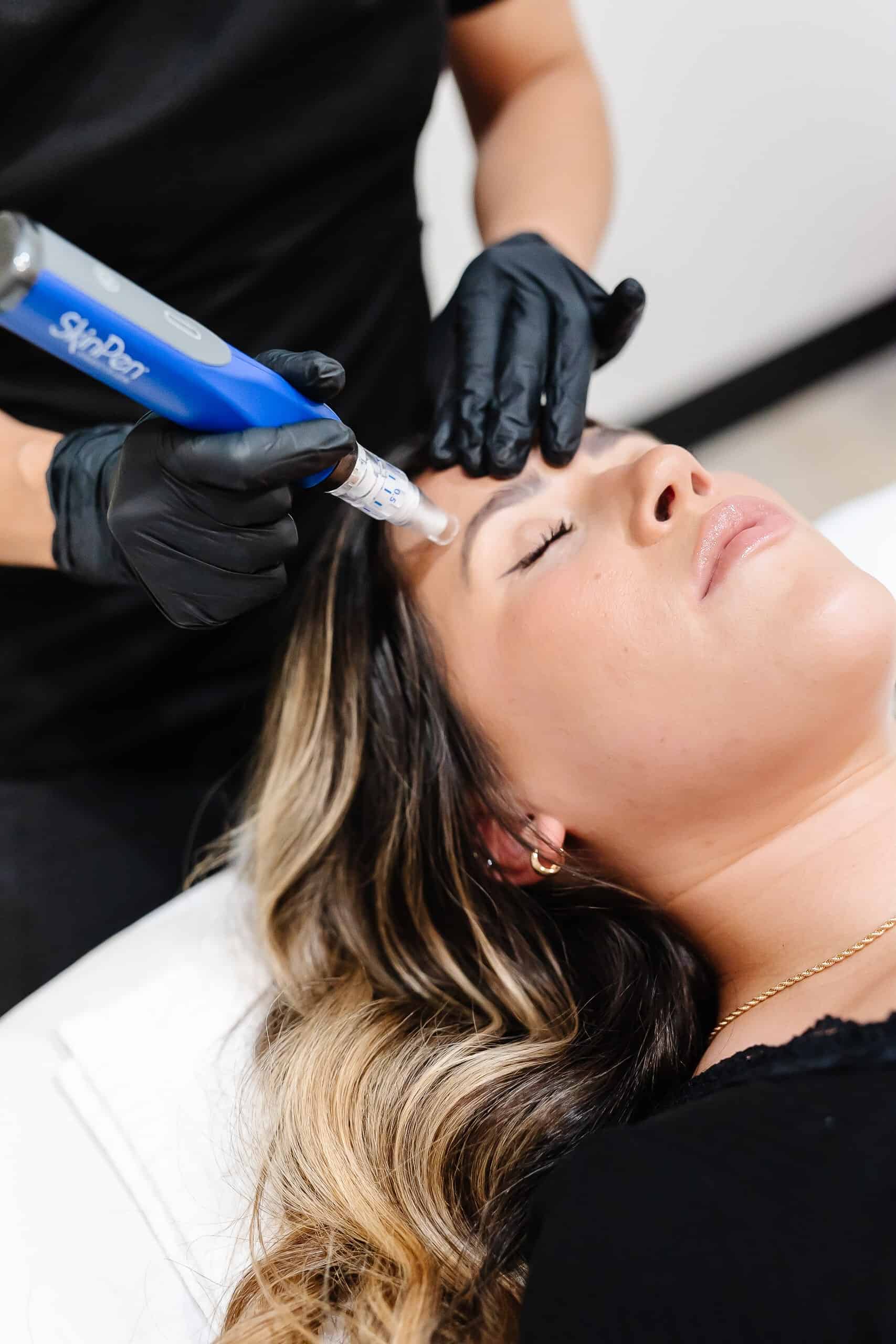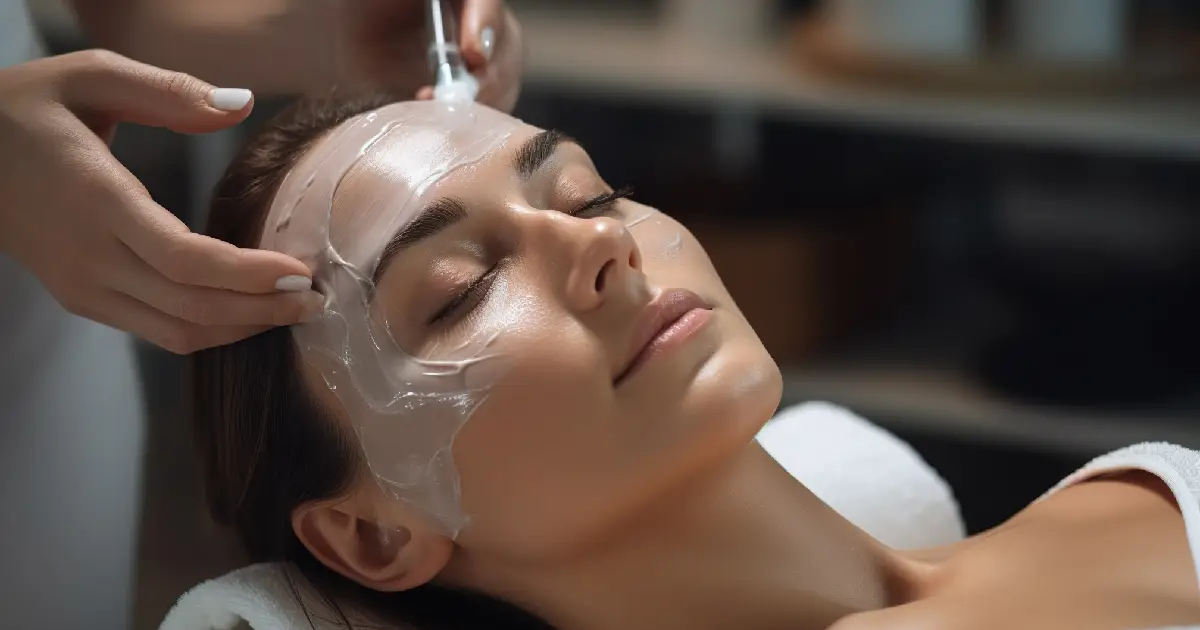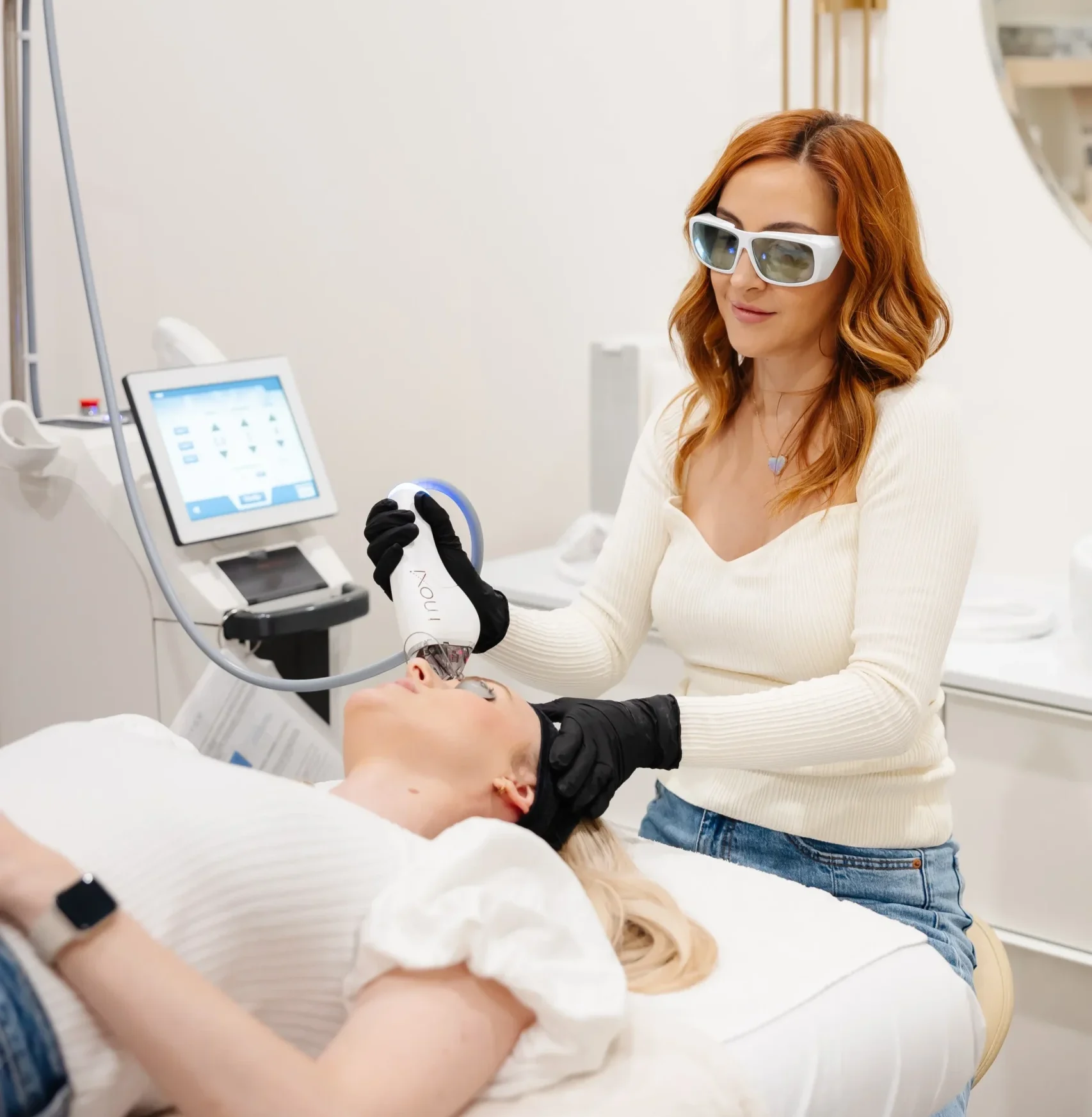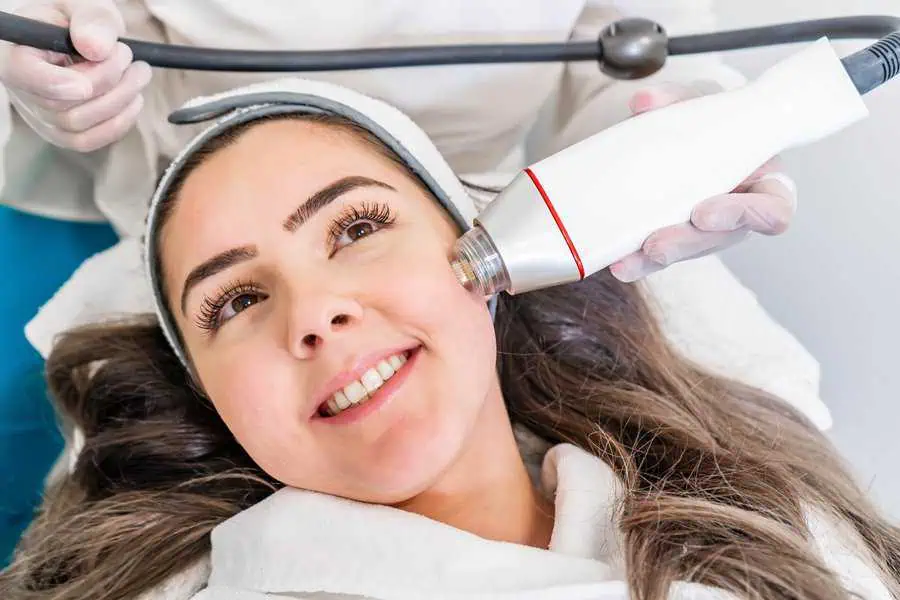Microneedling, a buzzword in the beauty and skincare industry, has gained massive popularity over the past few years. But what is this sought-after treatment, and what science powers it? Known as collagen induction therapy, microneedling involves pricking the skin with tiny sterilized needles to rejuvenate the skin, combat signs of aging, and address various skin concerns.
What Exactly is Microneedling?
This minimally invasive cosmetic surgery addresses skin problems by stimulating collagen formation. This technique involves the use of a skin roller or pen with small, fine-point needles on the surface that create tiny punctures, or micro-wounds, in the top layer of the skin.
The process of creating these micro-wounds stimulates the body’s natural wound-healing processes, resulting in increased collagen and elastin production. The proliferation of these crucial proteins helps rejuvenate the skin, making it appear firmer, smoother, and younger.
Microneedling can treat and improve skin conditions like acne scarring, fine lines and wrinkles, loose skin, skin texture, pore size, brown spots, stretch marks, and pigment issues. It’s also used to enhance the absorption of skincare products by increasing the penetration of the top layer of skin.
The Process of Microneedling
Microneedling, a multi-step process, is usually performed by a licensed esthetician or practitioner. During a consultation, a skincare professional will evaluate the client’s skin, discusses their skincare goals and concerns, and determines whether microneedling suits them. The client is also provided with detailed information about the procedure and any pre-procedure care instructions.
On the day of the procedure, the licensed esthetician or practitioner begins by thoroughly cleaning the client’s skin to remove any impurities, such as dirt, oil, or makeup. To minimize the client’s discomfort, a topical anesthetic is applied to the area slated for treatment. This numbing agent is typically left on for about 30 minutes to an hour.
Once the skin is adequately numbed, the licensed esthetician or practitioner uses a microneedling device that creates tiny punctures in the skin. The device may either be a roller equipped with microneedles or a pen-like gadget that makes rapid, small incisions in the skin. The device is methodically moved across the skin to create micro-wounds in a controlled and precise pattern.
After microneedling, the licensed esthetician or practitioner may apply skincare products like hydrating serums, skin boosters, or even platelet-rich plasma (PRP). The microchannels created by microneedling allow these products to enter deeper into the skin, enhancing their effects.
Post-procedure, the client’s skin may appear red and feel sensitive, akin to mild to moderate sunburn. The licensed esthetician or practitioner advises the client on specific aftercare instructions, including using a gentle cleanser, applying a soothing moisturizer, and the importance of avoiding excessive direct sun exposure for a few days. The licensed esthetician or practitioner may also recommend a customized skincare routine to support skin healing and enhance the microneedling results.
Typically, more than one microneedling session is needed to achieve noticeable results, with sessions spaced a few weeks apart. However, the number of treatments required depends on the individual’s skin concerns and the desired results.
The Science Behind Microneedling: Understanding the Wound Healing Process
Understanding the wound-healing process is essential to grasp the science behind microneedling. This process is a complex series of events that the body naturally undertakes to repair damage to the skin and other tissues.
When microneedling creates tiny, controlled punctures in the skin, it triggers the body’s wound-healing process. This process occurs in three overlapping stages: inflammation, proliferation, and maturation (or remodeling).
Inflammation Phase:
This is the body’s immediate response to any form of skin injury. When the skin is punctured during microneedling, blood clotting mechanisms are activated to control any bleeding, and white blood cells, especially neutrophils and macrophages, rush to the wound site to clear out any bacteria and cellular debris. This stage also sees the release of various growth factors necessary for the next phase.
Proliferation Phase:
During the proliferation phase, the body starts rebuilding the wound with new tissue, known as granulation tissue, which is rich in collagen and elastin – proteins that boost the skin’s elasticity. Fibroblasts, a type of cell, play a crucial role in this phase as they produce these proteins. This phase also involves angiogenesis, the formation of new blood vessels, ensuring the newly formed tissue receives adequate nutrients and oxygen.
Maturation (Remodeling) Phase:
The final stage involves the remodeling of the newly formed tissue. The initial collagen deposited in the wound site, which is more disorganized and random, gets slowly replaced with stronger, more structured collagen. This phase can take several months but results in a tighter, more organized structure of skin tissue.
In the context of microneedling, the controlled micro-injuries caused by the procedure stimulate this healing response, increasing collagen and elastin production. As a result, the skin appears rejuvenated and smoother, and signs of aging or damage, such as fine lines, wrinkles, or acne scars, are diminished.
While this process is natural and usually beneficial, it should be stimulated by techniques such as microneedling under the supervision of a trained professional to minimize issues and get the best outcomes possible.
Advantages of Microneedling
As a popular cosmetic procedure for several reasons, microneedling offers multiple benefits, including:
- Collagen and Elastin Production: By causing controlled micro-injuries to the skin, microneedling stimulates the body’s natural wound-healing process and induces the production of collagen and elastin, two vital proteins for maintaining skin elasticity and firmness.
- Reducing Fine Lines and Wrinkles: The boost in collagen and elastin production can also minimize the formation of fine lines and wrinkles, giving the skin a more youthful appearance.
- Improving Scars: Microneedling has been proven effective in minimizing the formation of acne scars and other types of scarring by promoting the regeneration of skin cells.
- Correcting Pigmentation Issues: By promoting skin cell turnover, microneedling can help in reducing pigmentation, sun spots, and other skin discoloration for a more even skin tone.
- Enhancing Product Absorption: The procedure creates tiny channels in the skin, which allows better absorption of topical skin care products. This can make serums and creams more effective as they get deeper into the skin.
- Minimally Invasive with Minimal Downtime: Compared to other resurfacing procedures, microneedling is minimally invasive and requires little downtime. Typically, the skin may appear red for a few days, but clients can return to their regular activities relatively quickly.
- Suitable for Most Skin Types: Microneedling can be performed on nearly all skin types. However, it’s always best to consult a professional to ensure the treatment suits the client’s specific skin condition.
- Can Be Used on Various Body Parts: Unlike some treatments that are only suitable for the face, microneedling can be performed on many areas of the body, including the face, neck, décolletage, arms, hands, legs, abdomen, and back.
While microneedling has these potential benefits, results can vary from person to person. It’s also crucial to have the procedure administered by a licensed professional to ensure safety and effectiveness.
The Bottom Line
Microneedling offers a scientifically sound, effective method that can stimulate the body’s natural healing process, produce essential proteins, enhance product absorption, and adapt to various skin concerns, making it a powerful tool in skincare. At Fine Line Aesthetics, we’re proud to offer microneedling, a non-invasive procedure that rejuvenates and revitalizes your skin. Unlock your skin’s natural ability to heal and renew, leaving you with a radiant and youthful glow!









